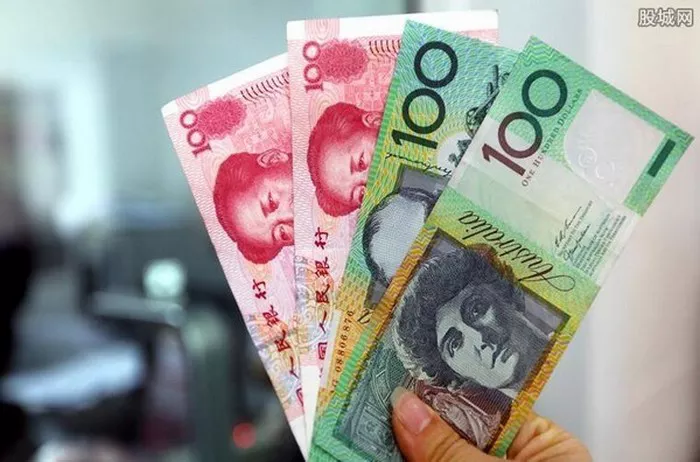The Australian dollar (AUD) is the official currency of Australia, and it has been in circulation since 1966. The Australian government issues the currency, which is legal tender within the country and several Pacific island nations. In this article, we will explore what the Australian dollar is made of, including its design, security features, and the materials used to produce it.
Design
The design of the Australian dollar has evolved over time. The original banknotes featured portraits of notable Australians on the front, while the reverse side depicted scenes representing various aspects of Australian life. Today, AUD banknotes feature a portrait of Queen Elizabeth II on the front, as well as images representing different themes on the reverse side.
The $5 note features an image of Parliament House, the $10 note depicts legendary Australian writers Banjo Paterson and Dame Mary Gilmore, the $20 note showcases the founder of the Royal Flying Doctor Service John Flynn, the $50 note portrays Aboriginal writer David Unaipon and the first female member of parliament Edith Cowan, while the $100 note shows famous soprano Nellie Melba and engineer Sir John Monash.
The coins of the Australian dollar are also unique in their design. The obverse of all coins depicts Queen Elizabeth II, while the reverse features various designs, such as Australia’s iconic animals like kangaroos, koalas, and kookaburras.
Security Features
The Australian dollar has several security features that help prevent counterfeiting. Some of these features include:
1. Polymer Material: Australian banknotes are made of a polymer material, which makes them more difficult to counterfeit than traditional paper notes. The polymer material is also more durable and longer-lasting than paper notes.
2. Clear Windows: All AUD banknotes have a clear window that contains intricate designs and holographic images that can only be seen when viewed from certain angles. This feature makes it more challenging for counterfeiters to replicate.
3. Micro-printing: The Australian dollar features micro-printing that is too small to be read by the naked eye. This feature makes it more difficult for counterfeiters to duplicate the banknotes accurately.
4. Raised Printing: Certain elements on AUD banknotes, such as the words “Australia” and the denomination, are raised and can be felt when touched. This feature is another way to help detect counterfeit notes.
Materials Used
In addition to its design and security features, the materials used to produce the Australian dollar also play a significant role in its composition. Here is a breakdown of the materials used for each denomination:
1. $5 Note: The $5 note is made of polymer material and contains a clear window with intricate designs and holographic images.
2. $10 Note: The $10 note is also made of polymer material and has the same clear window with intricate designs and holographic images.
3. $20 Note: The $20 note is made of polymer material but has two clear windows instead of one.
4. $50 Note: The $50 note is made of polymer material and has three clear windows that display various images and designs.
5. $100 Note: The $100 note is made of polymer material and has a similar design to the $50 note with three clear windows displaying different images and designs.
As for coins, the Australian dollar uses different metals for different denominations. Here is a breakdown:
1. 5c and 10c Coins: Both the 5c and 10c coins are made of copper-plated steel.
2. 20c and 50c Coins: The 20c and 50c coins are made of cupronickel, which is an alloy of copper and nickel.
3. $1 and $2 Coins: Both the $1 and $2 coins are made of aluminum bronze, which is an alloy of copper, aluminum, and nickel.
Conclusion
In conclusion, the Australian dollar is made up of several components, including its design, security features, and the materials used to produce it. The design of AUD banknotes features unique images that represent different aspects of Australian life, such as Parliament House and iconic animals like kangaroos and koalas. The Australian dollar also incorporates several security features to prevent counterfeiting, including polymer material, clear windows, micro-printing, and raised printing. Finally, the materials used to make the Australian dollar vary depending on the denomination, with copper-plated steel, cupronickel, and aluminum bronze being some of the primary metals used. Overall, these elements work together to create a currency that is both aesthetically pleasing and secure.


